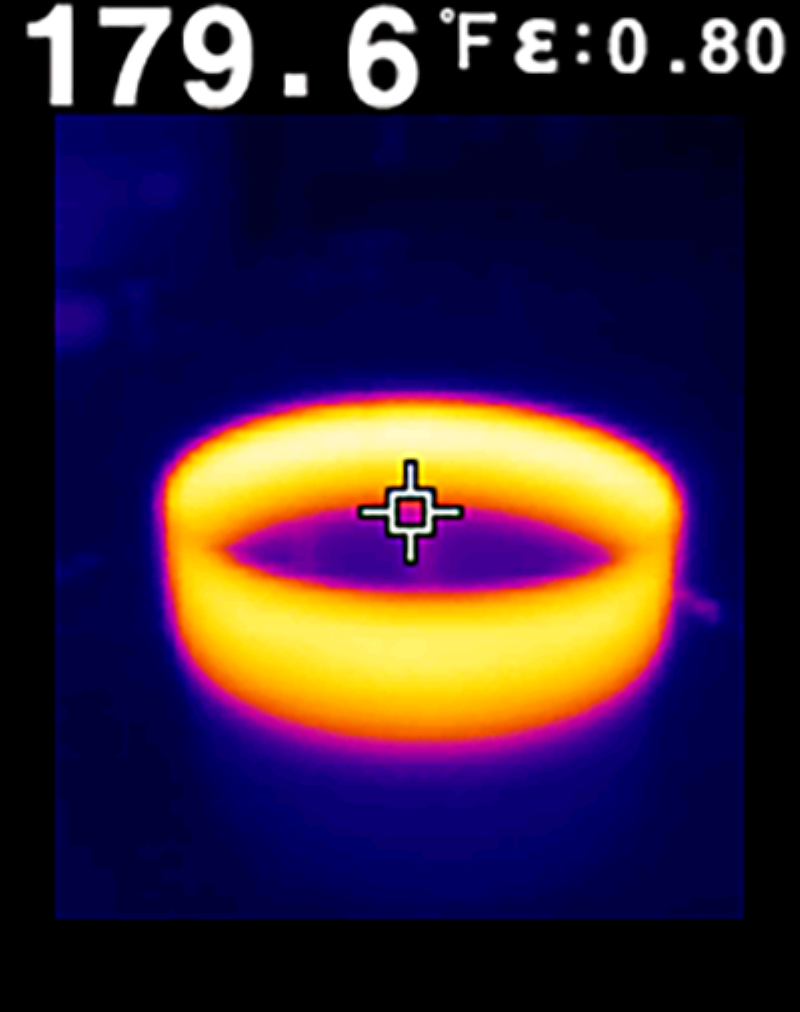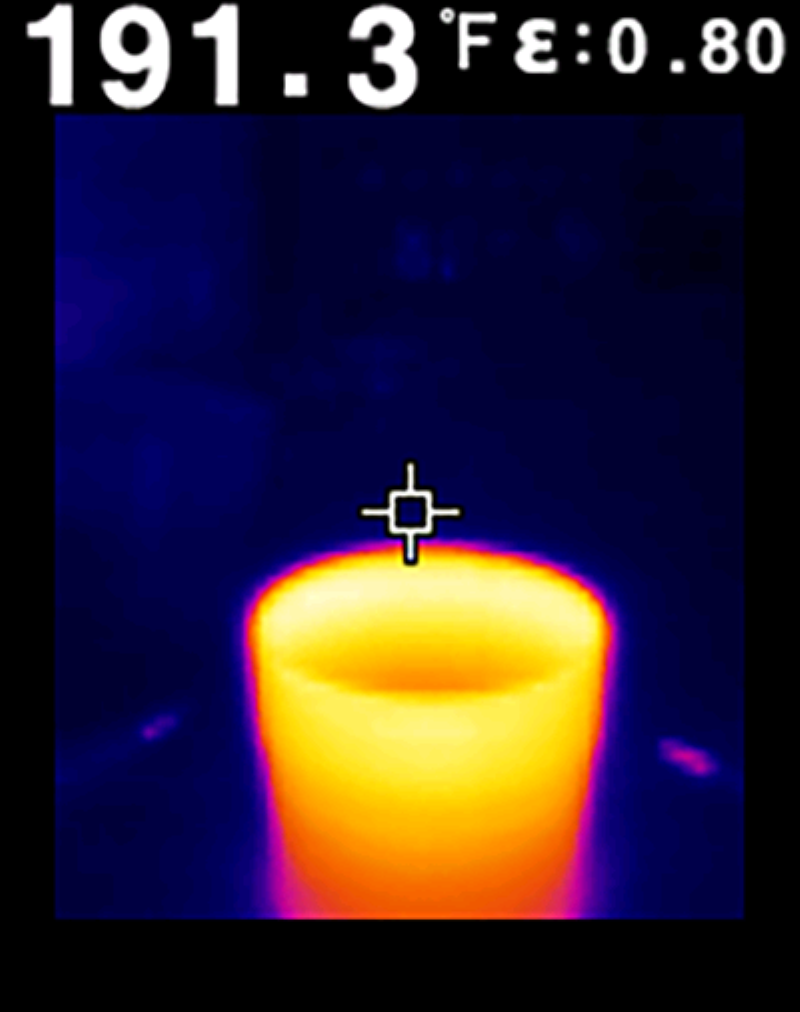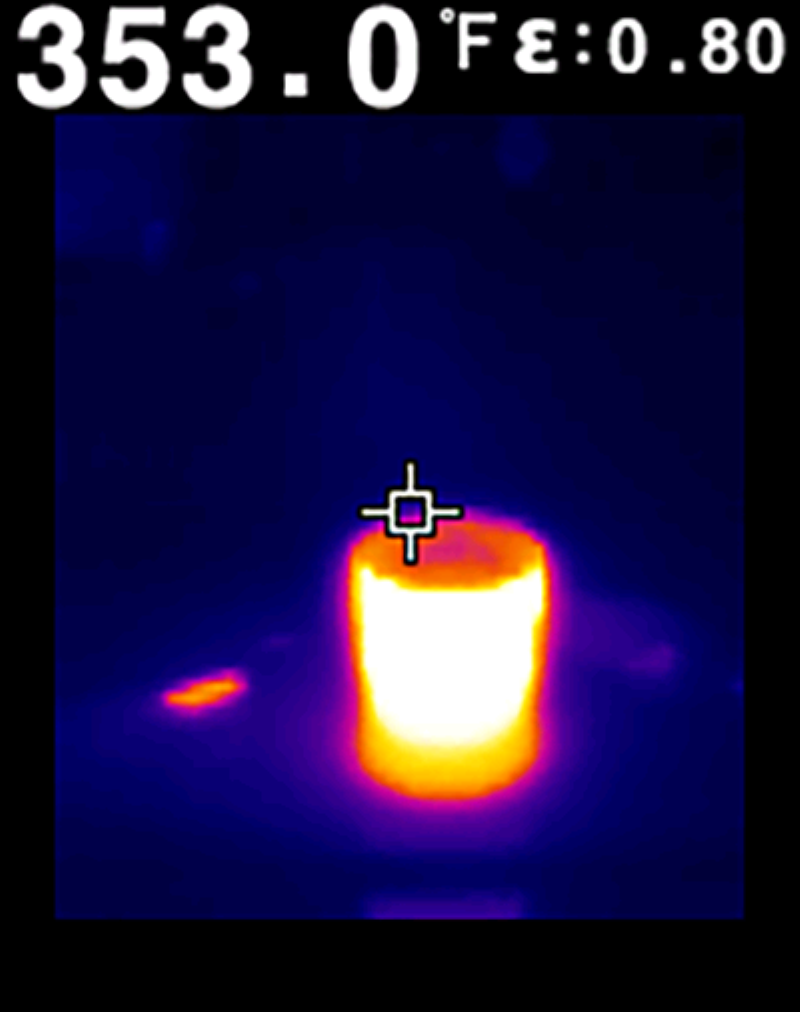High-quality speakers and proper installation are crucial when upgrading your car’s audio system. The ease with which your installer can reliably integrate tweeters into your vehicle will determine a portion of the labor cost. Will the technician need to fabricate a mounting bracket? Will they need to create a little pod? Is there even enough hardware provided to ensure a reliable and safe installation? Let’s look at some tweeter installation hardware solutions.
Why Are Tweeters Important for Great Sound Quality?
Before discussing tweeter installation, we should review the importance of having dedicated tweeters in a car audio system. By definition, tweeters are relatively small speakers designed to play the highest audible frequencies. They vary from 0.5 to over 1.25 inches in size. The larger tweeters can typically play lower frequencies, making them ideal for two-way front speaker systems. However, a large diaphragm might have some resonance at extremely high frequencies.
Tweeters are made from a variety of materials. Textile domes like silk, metal domes like aluminum, titanium and beryllium and plastic materials like polyetherimide are among the most popular. While the metal versus textile performance discussions will go on forever, what’s more important is that the tweeter diaphragm doesn’t have resonance issues. Most companies add a damping material to the diaphragm to prevent this. The damping applies to both textile and metal designs.
Most tweeters in the car audio market use a dome-shaped diaphragm. However, some use a ring-radiator design, like the tweeters in the Rockford Fosgate T4652-S set. The concept of the ring tweeter is to eliminate the chance of resonance in the center of the dome. While it’s unwise to make blanket statements about one design over others, we were very impressed with the clarity of the T4 ring radiator tweeter.

Flush-Mount Tweeter Installation Options
There are four common options for tweeter installation. First, we have flush-mounting. In this type of installation, the tweeter and a grill are mounted in a panel, and the result is basically flush. This means the tweeter may only protrude a few millimeters or 0.25 inch. This type of installation requires that the panel be modified to accept the tweeter, which means a hole between 1 and 1.5 inches must be created.
The most basic reliable tweeter mounting method uses a U-shaped spring-steel bracket that bolts to the back of the tweeter assembly. The bracket must be spring steel to retain tension and hold the tweeter securely.


Some companies have created more complex installation solutions for flush-mount applications. For example, KICKER’s QS-Series speakers include a nut that threads onto the back of the tweeter to keep it pressed tightly against the mounting surface. The legs of the nut can be trimmed to work with mounting surfaces of different thicknesses.


Rockford Fosgate’s Dual Discrete Clamp mounting solution is one of the most elaborate mounting options we’ve seen. The DDC comprises two cast aluminum brackets sandwiched on either side of a mounting surface to hold the tweeter in place. Once the two clamps are secure, the tweeter locks into place, and a trim piece finishes the installation.


Surface Mounting Options
The second type of installation is to mount the tweeters on the surface of a dash or door panel. This is less invasive as there doesn’t need to be a huge hole cut. That said, holes for wiring or hardware might be required depending on the location. Many tweeters include surface-mounting solutions that position the tweeter parallel to the mounting or at an angle. Angled mounting solutions are helpful when mounting a tweeter off-axis to the listening position. Ideally, a tweeter should be within 15 to 20 degrees of being on-axis with the listener. Alternatively, the tweeter can point at the windshield, dispersing high-frequency information into the listening area.

Tweeter Pods
Another option for installing tweeters is to use pods included with the system. These pods are typically bullet-shaped and mount through a single hole. The design should have a way to conceal the wiring for a neat appearance. You will want to ensure that the pods can be directed at the listening position for maximum performance.

Original Equipment Locations
Most modern vehicles have tweeters integrated into the factory audio system. These are often behind small grilles in the A-pillars, the dash, the doors near the release handle, or the sail panels in the front corner. Often, the factory tweeters are quite small in diameter and overall size. As such, it can be tricky to replace them with aftermarket tweeters. Some companies offer tweeter designs specifically engineered to work in original equipment locations, eschewing grilles and other hardware.
The key to a successful installation in these locations is reliability. We’ll be very clear in stating that mounting with hot glue or butyl rubber is unsatisfactory. These materials can quickly melt when the vehicle interior gets hot in the summer, causing the tweeters to fall out of place. If there aren’t options for mechanical fastening solutions, an epoxy adhesive like 3M Scotch-Weld DP8005 designed to work with plastics is an acceptable alternative.


Custom Installations
Of course, a custom installation solution for your tweeters is always an option. You may want them to blend into the A-pillar, dash or door. You may want a technician to create a custom pod that puts the tweeters in a specific location or points them in a particular direction. You may wish for the installation to look unique. So long as the guidelines about tweeter directivity are heeded, you can have the technician construct almost anything.




The Importance of Proper Tweeter Installation
While a tweeter doesn’t seem like a large item, in the unfortunate event of an accident, the last thing you want is to get hit by a tweeter that’s come out of place. Yes, this is a bit extreme. However, true professionals put significant effort into ensuring that their upgrades to our cars and trucks are safe and reliable. Do you want a tweeter to fall into the door or an A-pillar because it was held in place with hot glue? Certainly not. When shopping for car audio speaker upgrades, drop by a local specialty mobile electronics retailer and ask them which component speaker systems they offer. Be sure to inquire about how they integrate the tweeters into client vehicles.
This article is written and produced by the team at www.BestCarAudio.com. Reproduction or use of any kind is prohibited without the express written permission of 1sixty8 media.
































